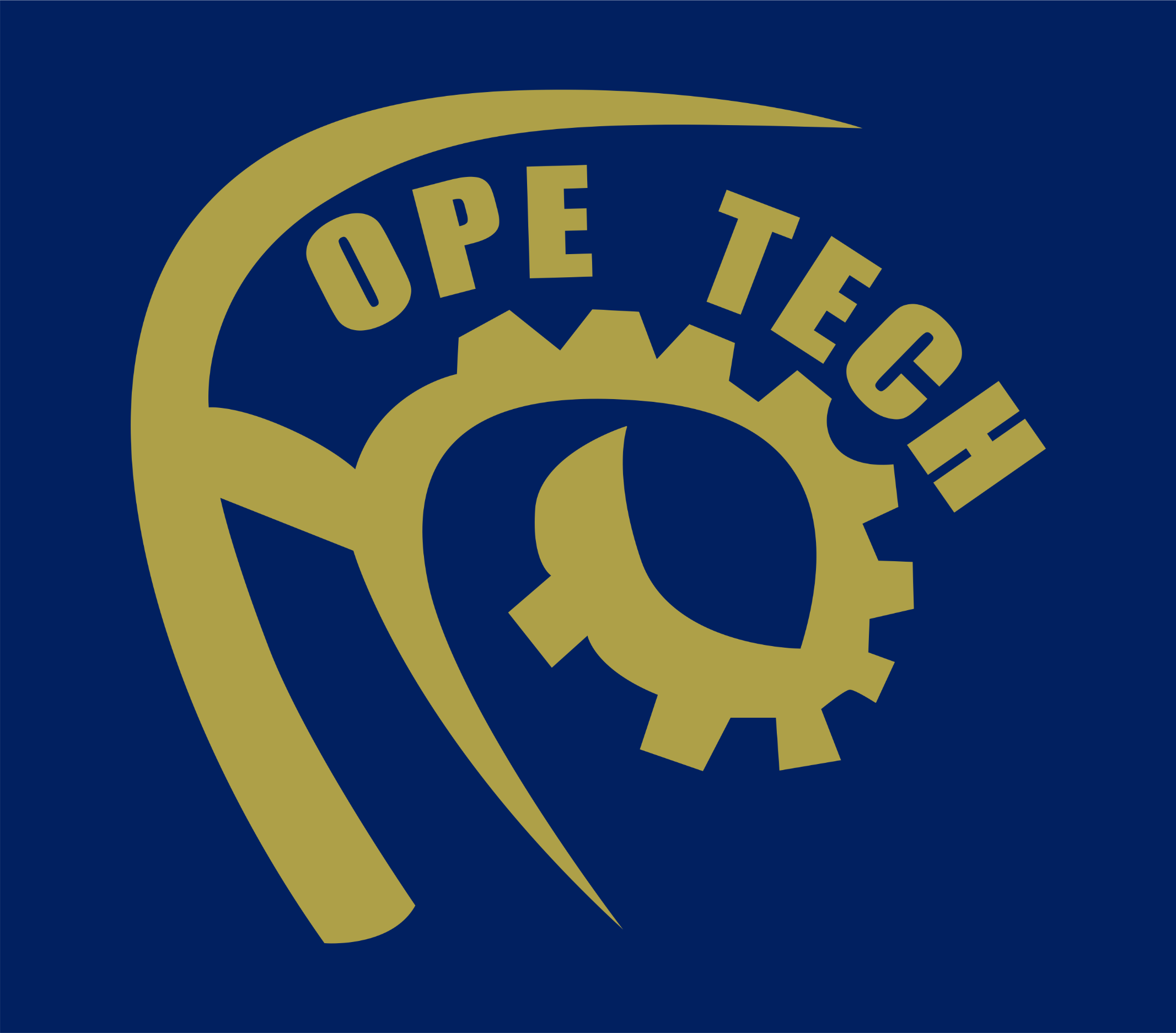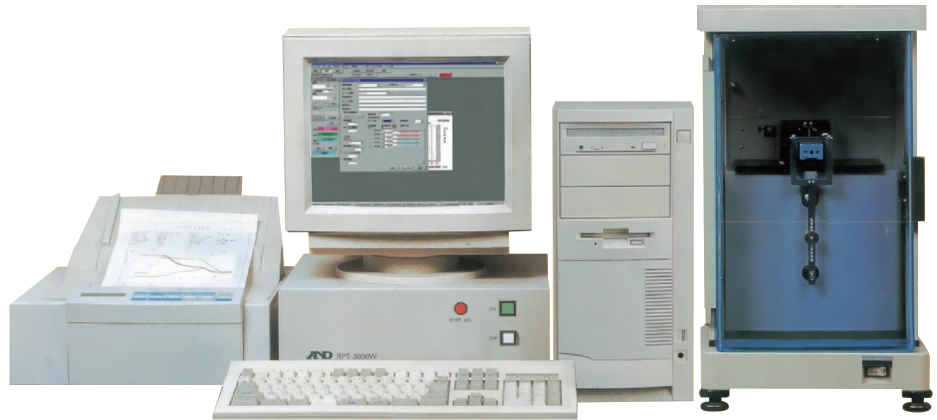搜全站
搜展位
New Process Makes Heat-Harvesting Materi
Researchers at the Rensselaer Polytechnic Institute in Troy, NY say that they have developed an easy and inexpensive method for manufacturing thermoelectric modules.
Thermoelectric modules are multi-function devices that can generate electricity using heat as their fuel. They also cool and heat when supplied with electricity. They cool using the Peltier effect. They generate electricity using the Seebeck effect.
A thermoelectric module is a flat and usually square sandwich containing bismuth telluride in between two ceramic plates. Consider the two ceramic plates the two slices of bread, and the bismuth telluride would be the cheese. The Peltier effect involves using electricity to transfer heat from one side of the module, to the other.
The electricity-generating Seebeck effect works like this: when heat is applied to one side of the device (any side), the heat transfers from that side to the other side, which is cooled by a radiator. During that process, a voltage and electric current are generated. Thermoelectric modules are semiconductors.
The researchers made a chemical solution out of materials such as tellurium and bismuth chloride in an organic solvent, and put it in an ordinary household microwave oven for two to three minutes.
The result is hexagonal nanoplates, which are pressed together and heated to make nanopellets. Due to the fact that they used a solvent that contains sulfur, the researchers got sulfur-doped nanoplates that are n-type. Traditionally, when you break up thermoelectric material like this the process is expensive and there is too much of the p-type material and too little of the n-type. They need the right balance of p-type and n-type semiconductor materials.
According to the RPI researchers, the devices manufactured using the new method perform as well as those manufactured using the older method. ”We haven’t even optimized the process yet,” says Ganpati Ramanath, a materials science and engineering professor at RPI. “We’re confident that we can increase the efficiency further.”
“This is the first nanostructured n-type mat with a high[-efficiency] value,” says John Badding, a professor of chemistry at Penn State University.
Advantages of thermoelectric modules:
Thermoelectric modules are multi-function devices that can generate electricity using heat as their fuel. They also cool and heat when supplied with electricity. They cool using the Peltier effect. They generate electricity using the Seebeck effect.
A thermoelectric module is a flat and usually square sandwich containing bismuth telluride in between two ceramic plates. Consider the two ceramic plates the two slices of bread, and the bismuth telluride would be the cheese. The Peltier effect involves using electricity to transfer heat from one side of the module, to the other.
The electricity-generating Seebeck effect works like this: when heat is applied to one side of the device (any side), the heat transfers from that side to the other side, which is cooled by a radiator. During that process, a voltage and electric current are generated. Thermoelectric modules are semiconductors.
The researchers made a chemical solution out of materials such as tellurium and bismuth chloride in an organic solvent, and put it in an ordinary household microwave oven for two to three minutes.
The result is hexagonal nanoplates, which are pressed together and heated to make nanopellets. Due to the fact that they used a solvent that contains sulfur, the researchers got sulfur-doped nanoplates that are n-type. Traditionally, when you break up thermoelectric material like this the process is expensive and there is too much of the p-type material and too little of the n-type. They need the right balance of p-type and n-type semiconductor materials.
According to the RPI researchers, the devices manufactured using the new method perform as well as those manufactured using the older method. ”We haven’t even optimized the process yet,” says Ganpati Ramanath, a materials science and engineering professor at RPI. “We’re confident that we can increase the efficiency further.”
“This is the first nanostructured n-type mat with a high[-efficiency] value,” says John Badding, a professor of chemistry at Penn State University.
Advantages of thermoelectric modules:
- They are compact.
- They are lightweight.
- They contain no mechanical parts and have the potential to last a very long time.
- Depending on the quality of the product, they may fracture due to the expansion and contraction that takes place when they are turned on and off. When turned on, one side gets hot and the other cold, then they change back to room temperature suddenly when turned off.
- They are very inefficient (they waste 90% of the energy they are supplied with as heat, although most of that heat can be used to heat water, which could make a thermoelectric setup very efficient).
最新动态
更多![]()
【弘埔技术邀请您参加】2024深圳国际涂料、油墨及粘合剂展览会
厂商
2024.06.25
会议邀请|2024第十一届中国汽车工程学会防腐蚀与老化技术VCAP论坛合同
厂商
2024.06.14
会议邀请|2024 第八届装备环境工程发展论坛
厂商
2024.06.14
会议邀请|EAC2024易贸汽车产业大会
厂商
2024.06.13
推荐产品
供应产品








